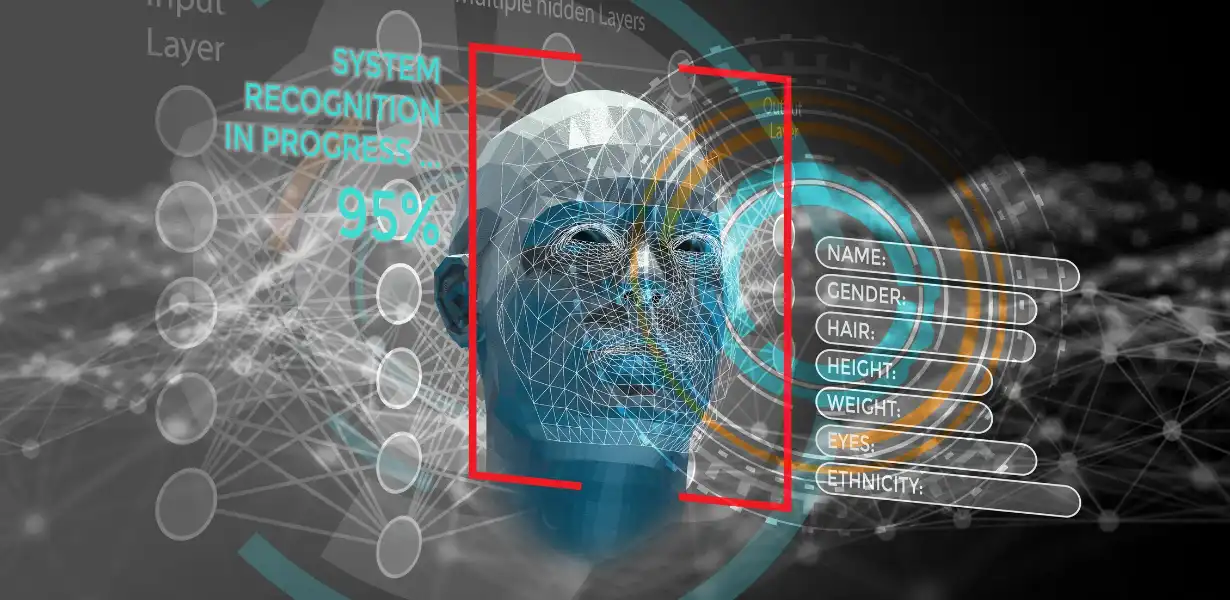
The Future of User Research: Navigating Ethical Considerations in Biometric Data Collection
- Post
- August 7, 2023
- UI/UX Design, User Research, Web Design
- 0 Comments
In today’s ever-evolving digital landscape, the field of user research has witnessed remarkable advancements, particularly in the realm of biometric data collection. As user experience (UX) designers and researchers, we find ourselves at the cusp of a significant shift, where the potential for harnessing biometric data offers both exciting opportunities and intricate ethical challenges. In this article, we delve into the intricate balance between technological innovation and ethical responsibility, exploring the nuances of collecting biometric data while ensuring user privacy and consent.
Understanding Biometric Data and Its Significance
Biometric data, a unique blend of physiological and behavioral characteristics, presents a novel way of understanding user behaviors, emotions, and preferences. It encompasses fingerprints, facial recognition, voice patterns, eye movements, and more. Leveraging biometric data can amplify the accuracy of user insights, providing nuanced feedback that standard methods might not capture.
The Intricacies of Ethical Considerations
As we delve into the world of biometric data collection, ethical considerations loom large. Balancing the innovative potential of this technology with the protection of user rights and privacy is paramount. This ethical dilemma involves addressing consent, data security, potential misuse, and the overall impact on user trust.
Navigating Informed Consent
Obtaining informed consent takes center stage when collecting biometric data. Users must be clearly informed about the types of data being collected, how it will be used, and the potential implications. Consent should be both affirmative and unambiguous, ensuring users comprehend the extent of their participation.
Ensuring Data Security and Privacy
The sensitivity of biometric data demands stringent security measures. Encryption, anonymization, and secure storage are imperative to prevent unauthorized access. Designing robust data protection mechanisms is non-negotiable to build user trust and maintain the integrity of the data collected.
Mitigating Potential Misuse
Biometric data’s uniqueness makes it irreplaceable, but this very characteristic also elevates its risk profile. Ensuring that collected data cannot be manipulated, replicated, or exploited is a critical challenge. Implementing foolproof security measures and transparent protocols for data handling can help alleviate these concerns.
Implications for User Trust
User trust is the cornerstone of successful UX design. Introducing biometric data collection can either foster trust or erode it significantly. Transparency in communication about data collection practices and ethical standards is instrumental in reassuring users that their information is handled responsibly.
User-Centric Approach to Biometric Data Collection
Amid these ethical considerations, adopting a user-centric approach becomes pivotal. User experience professionals need to prioritize user welfare above all else. This involves fostering collaboration between researchers, designers, and users, facilitating open dialogue, and integrating user feedback into every step of the process.
Incorporating Ethical Guidelines in UX Research
Establishing industry-wide ethical guidelines for biometric data collection is a proactive measure. These guidelines would define best practices, emphasize user consent and data security, and establish repercussions for non-compliance. Adhering to such standards would collectively enhance the credibility and trustworthiness of UX research.
Future-Proofing User Research Practices
The trajectory of biometric data collection in user research is on the rise, but its future is contingent on how well we address the ethical concerns. By weaving ethical considerations into the very fabric of our research practices, we ensure a sustainable and promising future for both the discipline and the users we serve.
Final Words
In an era where technology accelerates innovation, ethics must be the compass guiding our user research journey. Navigating the intricacies of biometric data collection, we remain steadfast in our commitment to responsible practices, safeguarding user privacy, and nurturing user trust. Our pursuit of insightful data remains unwavering, harmoniously balanced with the profound responsibility we bear.
Commonly Asked Questions
Q1: What is biometric data collection in user research?
Biometric data collection involves capturing unique physiological and behavioral traits to gain insights into user behaviors, emotions, and preferences. This data is utilized by UX researchers and designers to enhance user experiences.
Q2: How do you address user privacy concerns in biometric data collection?
Addressing privacy concerns involves obtaining informed consent, implementing robust data security measures, and ensuring transparent communication about data usage. These steps are crucial to building and maintaining user trust.
Q3: What are the ethical challenges of biometric data collection?
Ethical challenges include obtaining clear and informed consent, protecting data from misuse, ensuring data security, and fostering user trust. Striking a balance between innovation and responsibility is pivotal.
Q4: How can UX researchers incorporate ethical guidelines?
UX researchers can incorporate ethical guidelines by prioritizing user welfare, fostering collaboration, adhering to industry standards, and consistently considering the potential impacts of their research on users’ lives.
Q5: What does the future hold for biometric data collection in user research?
The future hinges on ethical considerations. By responsibly navigating the ethical landscape, UX professionals can pave the way for a future where biometric data collection enhances user experiences while upholding user rights and privacy.




